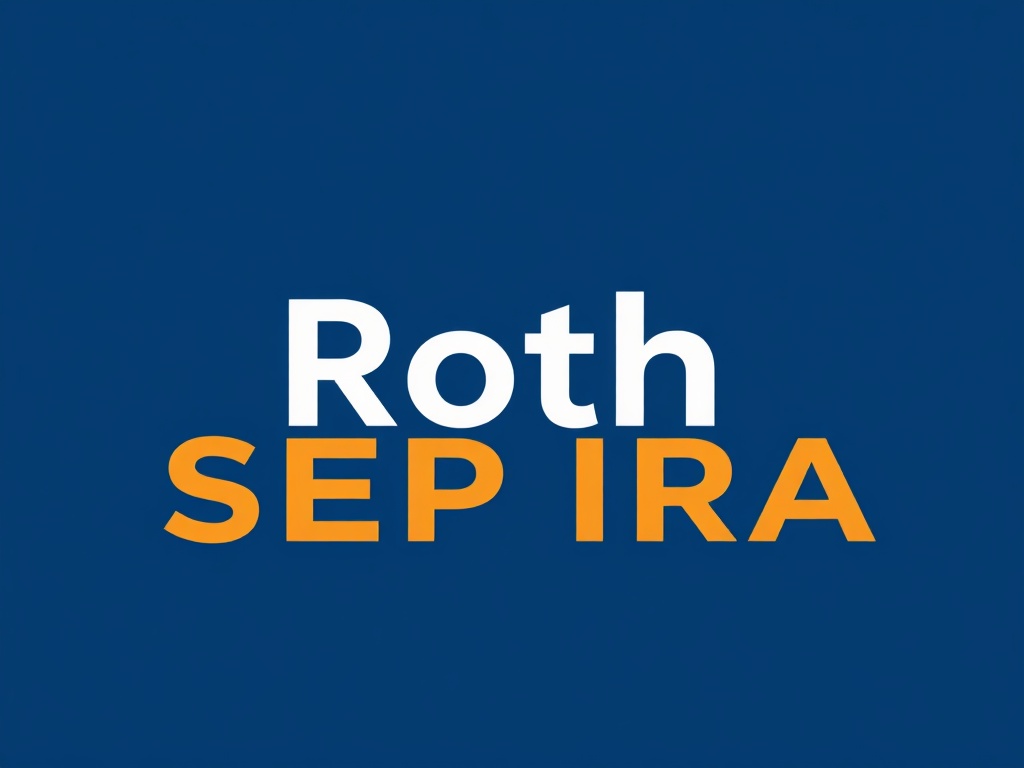Roth SEP IRA
11-05-2025
By Steve Gibson

If you’re self-employed, own a small business, or earn freelance income, you might know about the SEP IRA, short for Simplified Employee Pension Individual Retirement Account, as one of the most powerful retirement planning tools out there.
Now, thanks to SECURE Act 2.0, we’ve entered a new chapter: the Roth SEP IRA!! For entrepreneurs who want high contribution limits plus tax‑free withdrawals later, this is a game‑changer.
What is a SEP IRA?
A SEP IRA is an employer-sponsored retirement account designed largely for self‑employed people and small business owners. With a SEP IRA:
- Only the employer contributes (even if the “employer” is you as a sole proprietor).
- Contributions are usually tax deductible and grow tax‑deferred until retirement.
- You can contribute up to 25% of compensation, up to the IRS maximum ($70,000 for 2025), subject to compensation caps.
- If you’re self‑employed, your limit is generally 20% of net earnings after certain tax adjustments.
- There’s no requirement to contribute every year.
What Changed under SECURE Act 2.0?
Before SECURE Act 2.0, SEP IRAs could only take pre‑tax contributions — just like traditional IRAs. That meant you got the tax deduction upfront, but withdrawals in retirement were taxed.
SECURE Act 2.0 introduced the option for Roth treatment of SEP contributions, effective for plan years starting after December 31, 2022. Employer contributions can now be made after tax and grow tax free, similar to a Roth IRA.
Roth SEP IRA Basics
A Roth SEP IRA keeps the core features of a SEP IRA but shifts the tax treatment:
- After‑tax contributions: Taxes are paid in the year the contribution is made.
- Tax‑free growth: Investments grow without annual taxation.
- Tax‑free withdrawals: If you’re at least age 59½ and the account is five years old, qualified withdrawals are completely free of income tax.
- High contribution limits: Same as a traditional SEP IRA, up to $70,000 for 2025, but in Roth form.
- Immediate vesting: Contributions belong to the employee immediately.
Traditional SEP IRA vs. Roth SEP IRA
Who Can Benefit Most?
- Younger entrepreneurs: Pay taxes now at lower rates, enjoy tax‑free withdrawals later.
- High-growth freelancers: Use high limits to build a big Roth balance quickly.
- Small business owners who value tax‑free retirement income: Especially if you expect higher future tax rates.
Things to Watch Out For
- Not all custodians offer Roth SEP IRAs yet. Implementation takes time, however Gibson Capital absolutely offers SEP IRAs and Roth SEP IRAs
- No employee contributions. SEP IRAs are employer-funded, so this isn’t the same as a Roth 401(k) where employees can choose their contribution percentage.
- No upfront tax break. Contributions are after tax, so you won’t get the immediate deduction you’d get with a traditional SEP IRA.
RMD Rules
A unique perk of Roth SEP IRAs: since contributions are after-tax, there’s no required minimum distribution (RMD) during the account owner’s lifetime. Your money can keep compounding tax‑free as long as you want.
Summary
The Roth SEP IRA is a powerful new option for self‑employed individuals and small business owners. It merges the generous contribution limits of a SEP IRA with the tax‑free growth and withdrawals of a Roth. If you’re looking to maximize retirement contributions and prefer to lock in today’s tax rates, this could be the right move for you.
